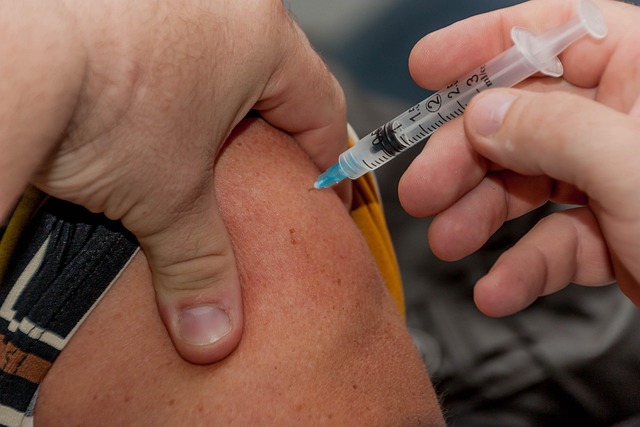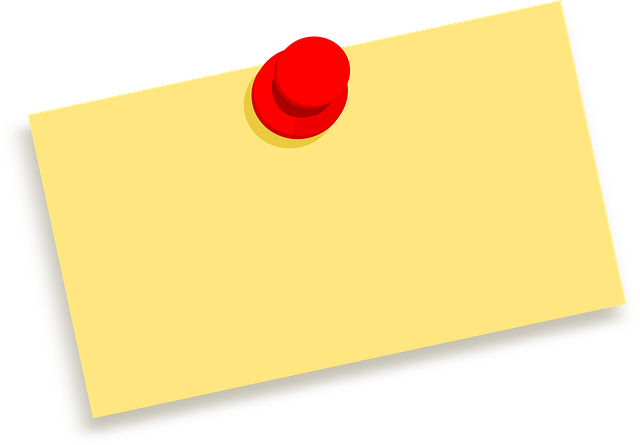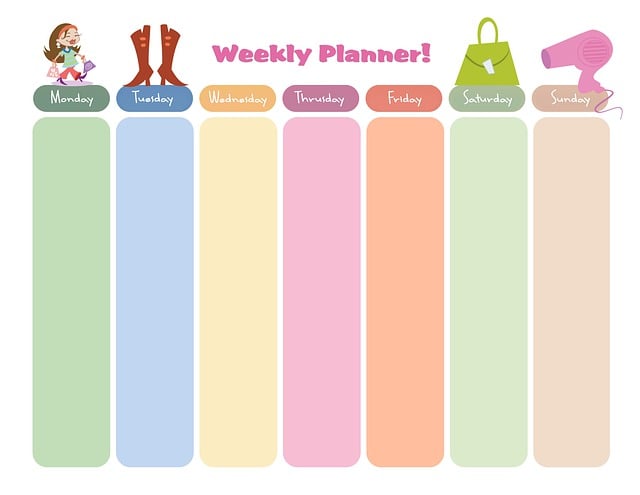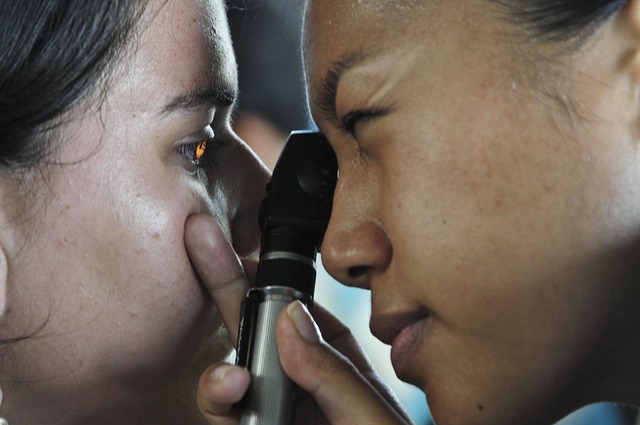Automated patient reminders via SMS, email, or calls are an effective strategy to combat no-shows in healthcare, optimizing scheduling and resource utilization. In today's digital age, these tools reduce appointment forgetfulness, enhance patient accountability, and improve overall attendance rates. By integrating seamlessly with healthcare systems, personalizing messaging based on demographics, and utilizing real-time analytics, automated reminders become game-changers in optimizing medical attendance, fostering patient engagement, and improving care efficiency. Success is measured through tracking attendance rates and refining strategies based on patient behavior insights for continuous improvement.
In today’s digital age, improving patient attendance is more accessible than ever with automated patient reminders. Understanding the significant impact of no-shows on healthcare operations, this article explores the rise of SMS, email, and call reminder systems as effective solutions. We delve into key strategies, features, and implementation tips for maximizing success. Discover how these automated tools, focusing on timely communication, can substantially enhance attendance rates, optimizing resource allocation and patient care.
- Understanding the Impact of Patient No-Shows
- The Rise of Automated Reminder Systems
- Effective Channels for Delivering Reminders: SMS, Email, and Calls
- Key Features of Successful Automated Reminder Tools
- Implementing and Optimizing Your Reminder Strategy
- Measuring Success: Tracking Attendance Rates with Automated Reminders
Understanding the Impact of Patient No-Shows

Patient no-shows are a significant challenge in healthcare, impacting both patient care and clinic operations. No-shows lead to wasted resources, reduced revenue, and disrupted care plans for both patients and healthcare providers. Understanding the reasons behind these missed appointments is crucial. Often, it’s a combination of factors like forgetfulness, lack of engagement, complex scheduling, or changes in personal circumstances. Automated patient reminders have emerged as an effective solution to mitigate this issue.
By leveraging technology through SMS, email, and call reminders, healthcare providers can improve attendance rates and ensure better utilization of clinic resources. These automated healthcare scheduling reminders not only serve as notifications but also foster a sense of accountability and commitment among patients. Moreover, integrating reminder services into clinic operations enhances overall efficiency, allowing practices to optimize their schedules and offer more consistent care to their patient population.
The Rise of Automated Reminder Systems

In today’s digital age, healthcare providers are increasingly turning to automated patient reminder systems to combat the prevalent issue of no-shows and enhance overall attendance rates. These innovative solutions have emerged as a game-changer in managing appointments, ensuring patients receive timely reminders via SMS, email, or phone calls. The rise of automated reminder services is not just a trend but a necessary evolution in healthcare management, aiming to streamline processes and improve patient engagement.
With the help of advanced technology, these systems can send personalized messages, taking into account individual patient preferences. Whether it’s a simple text message, an email with a link to reschedule, or an automated phone call, this approach significantly reduces the chances of patients forgetting their appointments. As a result, healthcare facilities can minimize no-shows, optimize their scheduling, and improve resource allocation, ultimately benefiting both patients and healthcare providers alike. This efficient use of technology in healthcare scheduling reminders is revolutionizing how we view patient attendance management.
Effective Channels for Delivering Reminders: SMS, Email, and Calls

In today’s digital age, automated patient reminders have emerged as a powerful tool to combat no-shows and improve overall attendance rates. When it comes to delivering these crucial communications, multiple channels can be employed effectively. SMS messages are a popular choice due to their high open rates and immediate delivery. Patients often carry their phones with them, ensuring that the reminder reaches them promptly. Email reminders, another effective method, offer a more detailed approach, allowing for personalized messages and attachments. This channel is particularly useful for patients who prefer digital communication or those with access to email on their mobile devices.
Calls, or automated phone calls, provide a direct and personal touch. This method can be highly successful in reaching patients, especially those who may not regularly check their SMS or email. Clinic reminder automation through these channels enables healthcare providers to streamline scheduling, reduce administrative burdens, and foster better patient engagement. By leveraging the right mix of SMS, email, and calls, healthcare institutions can create a robust no-show prevention tool, ultimately enhancing patient care and operational efficiency.
Key Features of Successful Automated Reminder Tools

Successful automated patient reminder tools offer a multitude of features designed to enhance engagement and improve medical attendance boost. These tools typically integrate seamlessly with existing healthcare systems, enabling seamless delivery of SMS, email, or call reminders for appointments, follow-ups, and test results. Personalized messaging, allowing for tailored communication based on patient preferences and demographics, significantly increases the effectiveness of reminder calls. Additionally, real-time analytics provide valuable insights into no-show trends and patient response rates, empowering healthcare providers to refine their clinic reminder automation strategies accordingly.
Advanced reminder services go beyond simple notifications, incorporating features like automated rescheduling options, digital confirmation receipts, and post-visit follow-up surveys. These multifaceted approaches not only reduce patient no-shows but also foster better communication between healthcare providers and their patients. As a result, these tools serve as game changers in optimizing medical attendance rates and enhancing the overall patient experience.
Implementing and Optimizing Your Reminder Strategy

Implementing an effective reminder strategy involves a combination of technology and thoughtful planning. Begin by integrating automated patient reminders through SMS, email, or call services tailored to your clinic’s needs. Consider factors like message frequency, timing, and personalization to ensure optimal engagement without becoming intrusive. Regularly reviewing and refining these parameters based on patient feedback and attendance data is crucial for continuous improvement.
Optimizing your reminder strategy means going beyond the basics of scheduling reminders. Incorporate dynamic content that adjusts messages based on individual patient behavior, such as offering flexible rescheduling options or personalized encouragement. Leveraging a robust clinic reminder automation system can significantly boost medical attendance rates by minimizing no-shows and fostering patient engagement.
Measuring Success: Tracking Attendance Rates with Automated Reminders

Measuring success is a critical aspect of any healthcare initiative, and automated patient reminders are no exception. By tracking attendance rates, healthcare providers can objectively assess the impact of these innovative tools on improving medical attendance boost. Well-designed clinic reminder automation systems provide detailed insights into patient behavior, including trends in no-show prevention tools. This data allows for adjustments to the reminder strategies, ensuring optimal engagement and, ultimately, maximizing the positive effects on patient turnout. Regular analysis of these metrics is essential to refining the approach and tailoring it to meet the specific needs of diverse patient populations.
